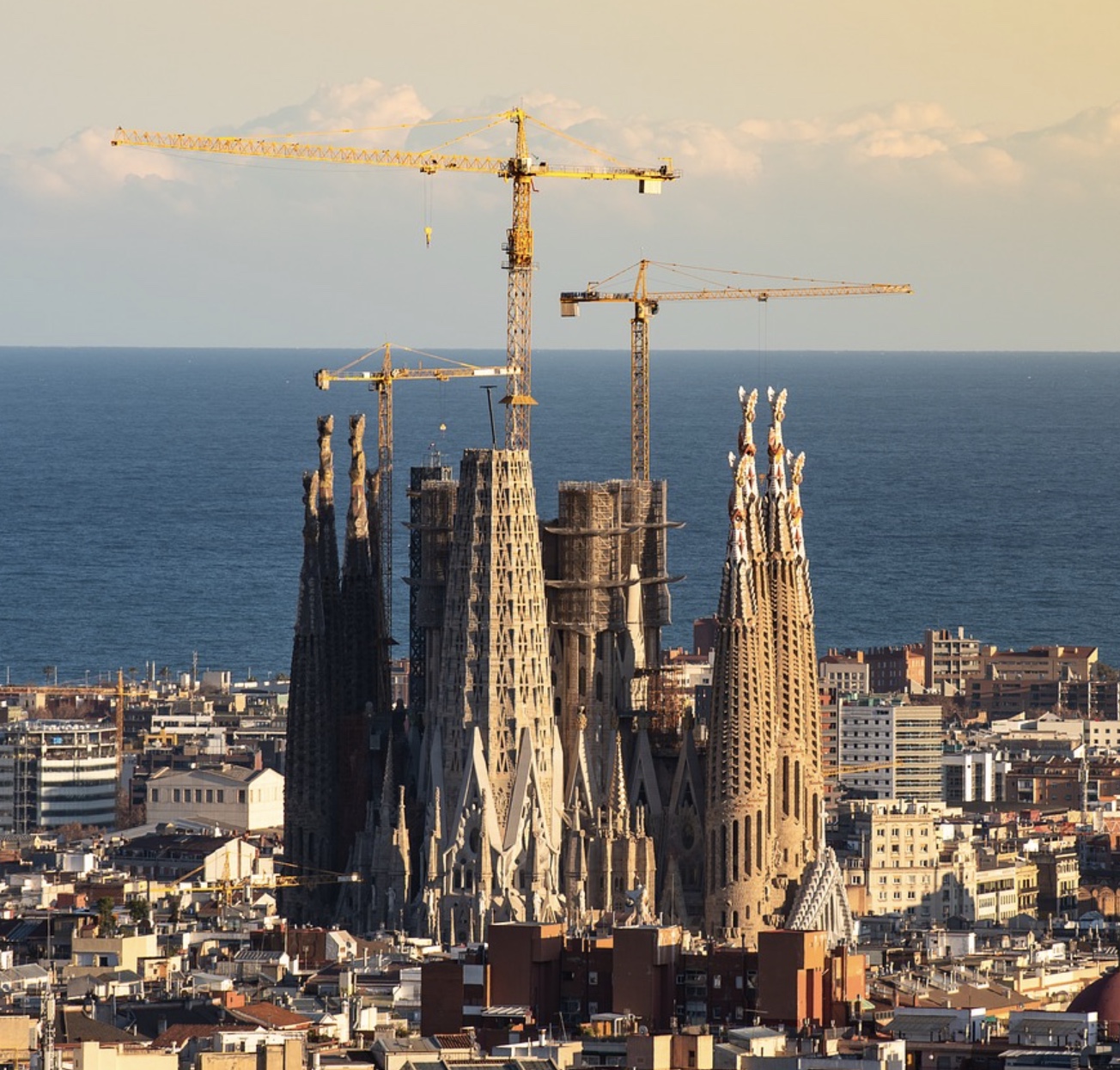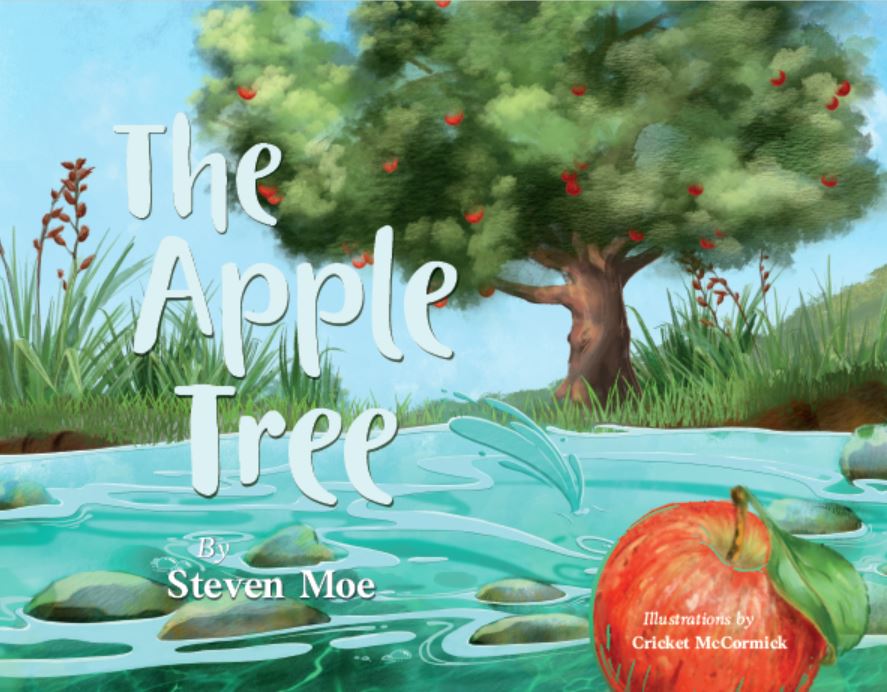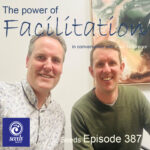What is your Cathedral?

You are walking along a deserted path in a place you’ve never visited before. The sun is beating down and it’s a hot day. In the distance you see three people about 50 metres apart from each other all doing the same task.
You get to the first one and ask what are you doing. He looks back at you unhappily and says, “I’m putting these bricks on top of each other”. You get to the second person and ask them the same question and they shrug their shoulders – “I’m building a wall.” You walk up to the third person and ask them what they are doing. She smiles and stretches out her arms and points upwards, and says, “I’m building a cathedral”.
This is Steven Moe. Welcome, to Seeds Podcast.
The beauty of having your own podcast is that you can mix up the style of the show from time to time and I wanted to do that to share something I’ve been thinking about recently.
It comes from that podcast the other day with Israel Cooper on episode 112. You see, he spoke about buildings and the work that they do with ‘home’, and how important it was to get the foundation right. It got me thinking about foundations, buildings and most importantly, why you build things. All of this thinking was reinforced by something my friend Antz Rohan said the other day at an Impact Dinner. Each of us are spending time in our life to create something, to build something. Particularly those of you who are listening to this now – I know you are all involved in creating or building something of value. But how often do we lose focus on that – lose sight of what it is we are contributing to.
I’m reminded of a visit I had to Barcelona many years ago. The Sagrada Familia is the most visited site in Spain and will be nearing completion in 2026 on the anniversary of the death of the main designer, Gaudi. That’s right, it is going to be completed 100 years after his death. You see, the key point is that building cathedrals can be an intergenerational activity that involves a true understanding of stewardship and working for the benefit of those who will follow us. Few of those who worked on Cathedrals, particularly in the Middle Ages, would have expected to see them actually completed. So being part of building something like that requires you to embrace a bigger picture that is far beyond yourself.
Did you know that the first meetings about the Barcelona cathedral were held in 1866? The first ground was broken in 1888? The first bell tower was completed in 1925. Over the time since then there have been many artisans, sculptors, builders, masons – all kinds of people have been involved. It simply could not be created alone. Since the start it has literally been generations of workers – several lifetimes – of people working to see a vision unfold.
When I looked into the story I told at the start – and there are a lot of permutations that exist out on the internet, I found that it was made famous by Peter Drucker in 1954 book called “The Practice of Management” (excerpt here). Drucker himself I think exhibits this idea of having a greater vision beyond stacking bricks. You see, he was born in 1909 and left Germany prior to WWII. He was 45 when that book was released and it advocated such far sighted things as allowing risk taking at lower levels in organisation, talked about the importance of making strategic decisions and developing teams that manage their own performance by reference to overall objectives. He has been described as the founder of modern management and even if you haven’t heard of him it is likely that he wrote articles or books that influenced people you have heard of. He came up with the phrase “knowledge worker” back in 1959. In the end he wrote 39 books that were published over a 70 year career as he died in 2005 at the age of 95. The point I’m making here is that it seems likely that he knew that his life was about building cathedrals.
So let’s finish by coming back to that story and I just want to ask two questions and leave you to reflect on them.
You see each of the people are building the same thing – but their attitude is completely different.
So the first question is which of the builders are you in how you approach your life?
In the day to day repetition of placing one brick on another it can be really hard to see what is being built and maintain the vision. Yet that is what will sustain you in the long run. If you can see a bigger picture then that will give purpose.
The second question is really simple.




